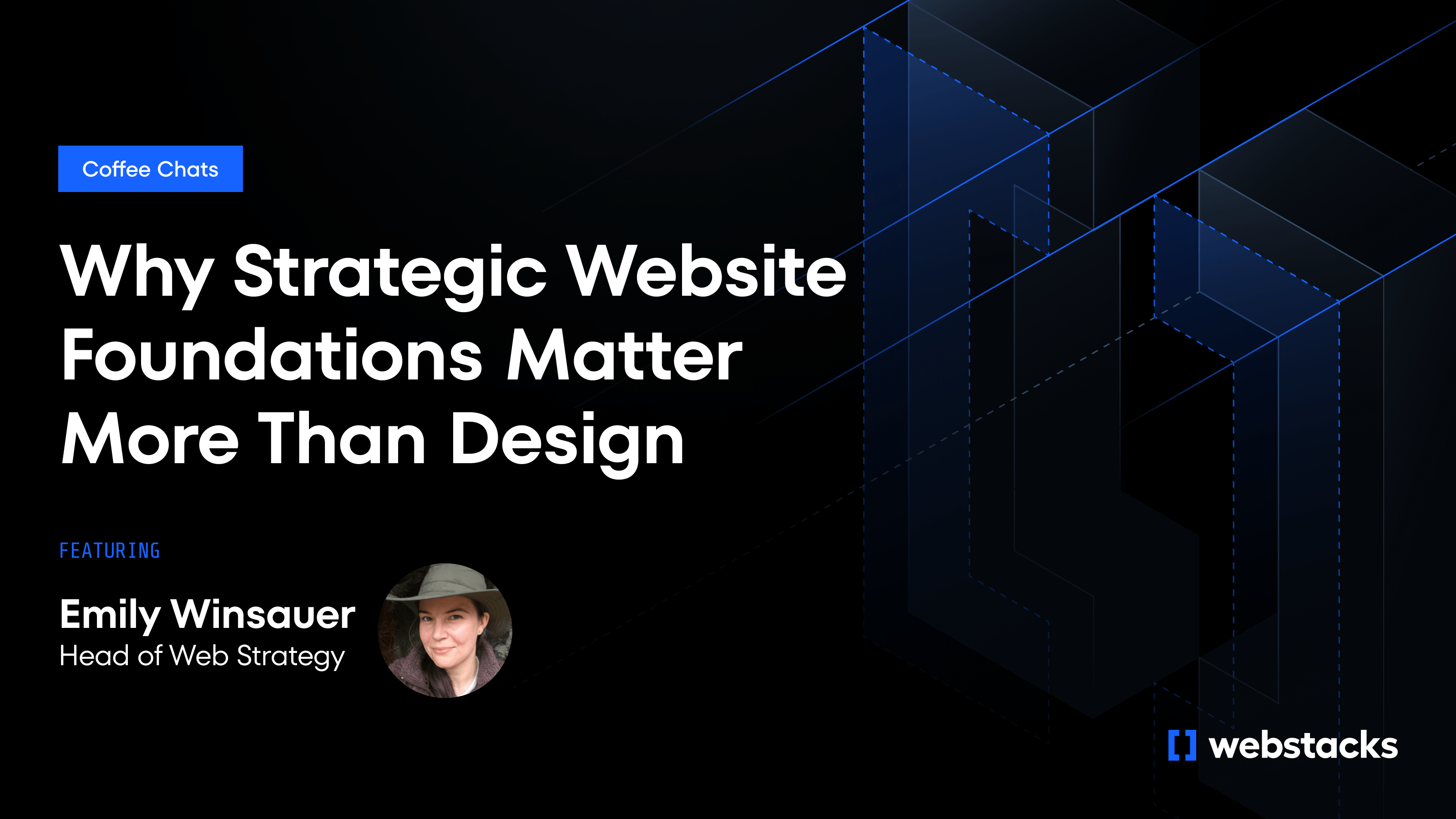Sometimes it feels like your team is doing everything right. You're shipping new features, building in public, and showing up in the right channels. But despite that, the attention and growth seems to go elsewhere.
That’s common in Web3. What sets projects apart isn’t always the underlying technology. It’s how clearly they communicate their story and speak to developers. And how easy it is for someone to land on their site and immediately understand what they’re building.
This is where a Web3 competitive analysis becomes valuable. Not in the traditional sense of comparing feature lists, but in a more actionable way: What are other teams doing well? Where are they falling short? And how can those insights help you improve your own website, documentation, and content strategy?
In this article, we’ll walk through that process step by step.

1. Define Your Market Scope
The first step is to get clear on who you’re comparing yourself to. In Web3, that’s not always as straightforward as it sounds. You might be a developer tooling company, but competing with L1 protocols that offer similar functionality. Or you might be building a DeFi app, but your users are also considering wallets, aggregators, or other DAOs offering overlapping features.
This is where most teams waste time. They try to stack themselves up against every project in their space instead of narrowing in on a focused list. Ask:
- Are we building a protocol, product, or full-stack ecosystem?
- Who’s targeting the same users or developers we are?
- Where are our users spending time when they’re not with us?
For example, a developer deciding between Solana, Avalanche, and Near is choosing based on speed, docs, tooling, and community, not just tech specs. A builder choosing between Circle and Fireblocks is comparing brand trust, integration speed, and how well each company explains what they actually do.
Once you know who you’re really up against, your choices get easier. You’ll spot where your message is soft, where the docs need work, or where your brand isn’t doing enough.
2. Benchmark Technical Positioning
If you’re building for developers, your site has to prove it through performance, code, and content.
Start by looking at what your closest competitors are doing technically:
- Are they open-sourcing parts of their stack?
- Are they publishing detailed docs?
- What kind of engineering velocity do they show on GitHub?
These signals help developers decide who’s worth building on, or building with.
You don’t need to match them feature for feature, but you do need to know what the baseline is. If another protocol publishes tutorials for every SDK update, and you haven’t updated your docs in months, that’s a gap. If their site loads in under a second and yours stalls, that’s also a problem.
You can use tools like GitHub Insights, StackShare, and Lighthouse to get a read on how your competitors are presenting their tech.
Then audit your website. Is it fast? Can someone find what they need in under three clicks? Are you giving your product team room to experiment, or is your CMS holding them back?
Webstacks helps Web3 teams fix this. We build sites that reflect your engineering maturity and give marketing full control, without creating more work for devs.
3. Evaluate Community and Ecosystem Strength
In Web3, growth comes from builders, contributors, and community members who show up, post tutorials, vote on proposals, and hype your product before you even ask.
That’s why community should be part of your competitive analysis. Not just how many followers a project has, but where and how those people are actually engaging. Are contributors active in Discord? Are they posting tutorials or tweeting about integrations? Are governance proposals getting real traction?
Look beyond vanity metrics and focus on participation. You’ll often find that a smaller project with 5,000 active devs is outpacing a hyped one with 100,000 passive followers.
Signals to track:
- DAO activity: proposal volume, voter participation, funding rounds
- Developer engagement: hackathon turnout, GitHub forks, community-built tools
- Social depth: Discord thread activity, Twitter quote tweets, Farcaster casts
- Contributor content: blog posts, tutorials, community docs
When a project dominates community attention, it’s hard to compete on noise alone. You need sharper content, stronger onboarding, and a site that pulls people into your ecosystem.
4. Analyze Content and Messaging Strategy
A strong message can carry a weaker product, and a confusing message can kill a great one. So read your competitors’ homepages. Do they make sense right away? Or are they full of buzzwords?
Then check how that story carries across pages, such as docs, blog posts, announcement threads, and FAQs. Strong brands are consistent. Weak ones change tone from page to page.
Look for:
- Clarity: Is their value prop easy to grasp in under 10 seconds?
- Consistency: Do docs, blog posts, and product pages all speak the same language?
- Content types: Are they using blog posts, dev diaries, videos, or technical guides?
- Cadence: How often do they publish? Are they building a narrative or reacting to trends?

5. Review Site Performance, UX, and Stack
Your product might be fast, but if your site is slow or impossible to update, users will leave. This is one of the most overlooked parts of Web3 competitive analysis. Teams obsess over what competitors are building, but not how they present it. A competitor’s site that loads quickly, explains things, and updates often is already winning.
Run a competitor’s site through Lighthouse or WebPageTest. See how they’re structured. Are pages lightweight and responsive? Do they have a clear flow for users depending on whether they’re investors, developers, or community members?
Then check the stack. BuiltWith can show you if they’re still on Webflow or already moved to a headless setup. If they’re running on Next.js, Sanity, or Vercel, odds are they’ve outgrown the “starter site” phase and are investing in scale.
What to check:
- Performance: load time, page speed, mobile responsiveness
- UX: navigation structure, clarity of CTAs, onboarding flow
- Stack: CMS flexibility, frontend framework, dev-marketing balance
If you’re stuck on a design-led site that’s hard to scale, that’s something Webstacks can help fix. We help Web3 teams migrate to composable stacks that let developers focus on product and give marketers room to move.
6. Identify Gaps and Opportunities
The final step is to put it all together. You’ve looked at how competitors talk about themselves, how fast their sites are, and how active their community is. Now ask: where are they falling short?
You might notice that their docs are strong but their onboarding is clunky. Or their messaging is clear but their blog hasn’t been updated in six months. These are openings you can act on.
Turn your findings into a plan. Build a gap analysis that maps:
- Messaging vs. yours (Is their story sharper?)
- UX and structure (Is their flow easier to follow?)
- Speed and performance (Is their site faster?)
- Community output (Are they publishing more consistently?)
- Dev experience (Are docs and tools easier to access?)
Use Competitive Analysis to Sharpen Your Website Strategy
Web3 moves fast, but that doesn’t mean you need to guess your next move. A competitive analysis shows you where others are winning attention, where they’re falling short, and what that means for your next growth push.
Instead of trying to do everything better, focus on doing the right things differently. Tighten your message. Speed up your site. And help developers find what they need without digging.




